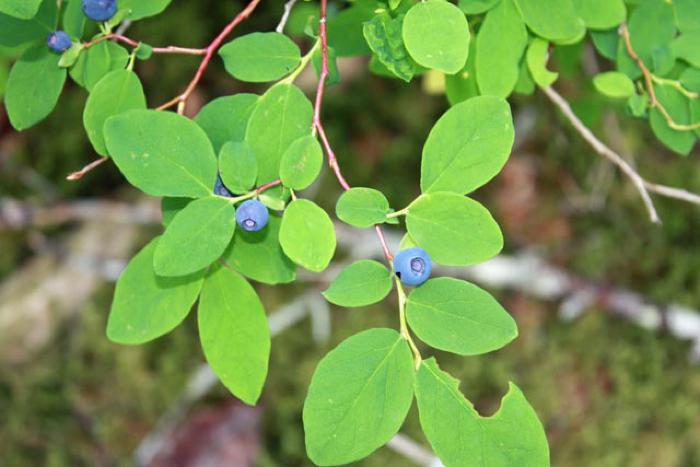Blueberry — Cuawak

The Kodiak Archipelago is home to two species of blueberries, the early blueberry (Vaccinium ovalifolium), also known as the blue huckleberry, and the alpine blueberry (Vaccinium uliginosum). The early blueberry is a spreading shrub that grows in moist forests and bogs at lower elevations. In contrast, the alpine blueberry thrives on mountain slopes and in coastal tundra. Both species produce large annual berry crops that ripen in late summer. Alutiiq people typically gather blueberries in August and September. Blueberries are primarily harvested for food, although their juice can also be used as a dye.
Today, fresh blueberries are eaten with meat and fish or added to Eskimo ice cream—akutaq—with a variety of other ingredients. Seal oil, lard, dried fish, fish eggs, sugar, and mashed potatoes are all potential additions to this traditional dish. Blueberries are also made into a variety of jams, jellies, and luscious desserts. In the past, blueberries were harvested in quantity and preserved for use throughout the winter. In the Kodiak region, Alutiiq families once stored blueberries in seal stomach containers filled with water or oil. In Prince William Sound, they dried blueberries on special wooden grates over an open fire, stored the berries in containers, and rehydrated them as needed. The Chugach Alutiiq people also mashed fresh berries into a paste and spread them on skunk cabbage leaves. The paste was allowed to dry and then stored on the leaves for later use.
